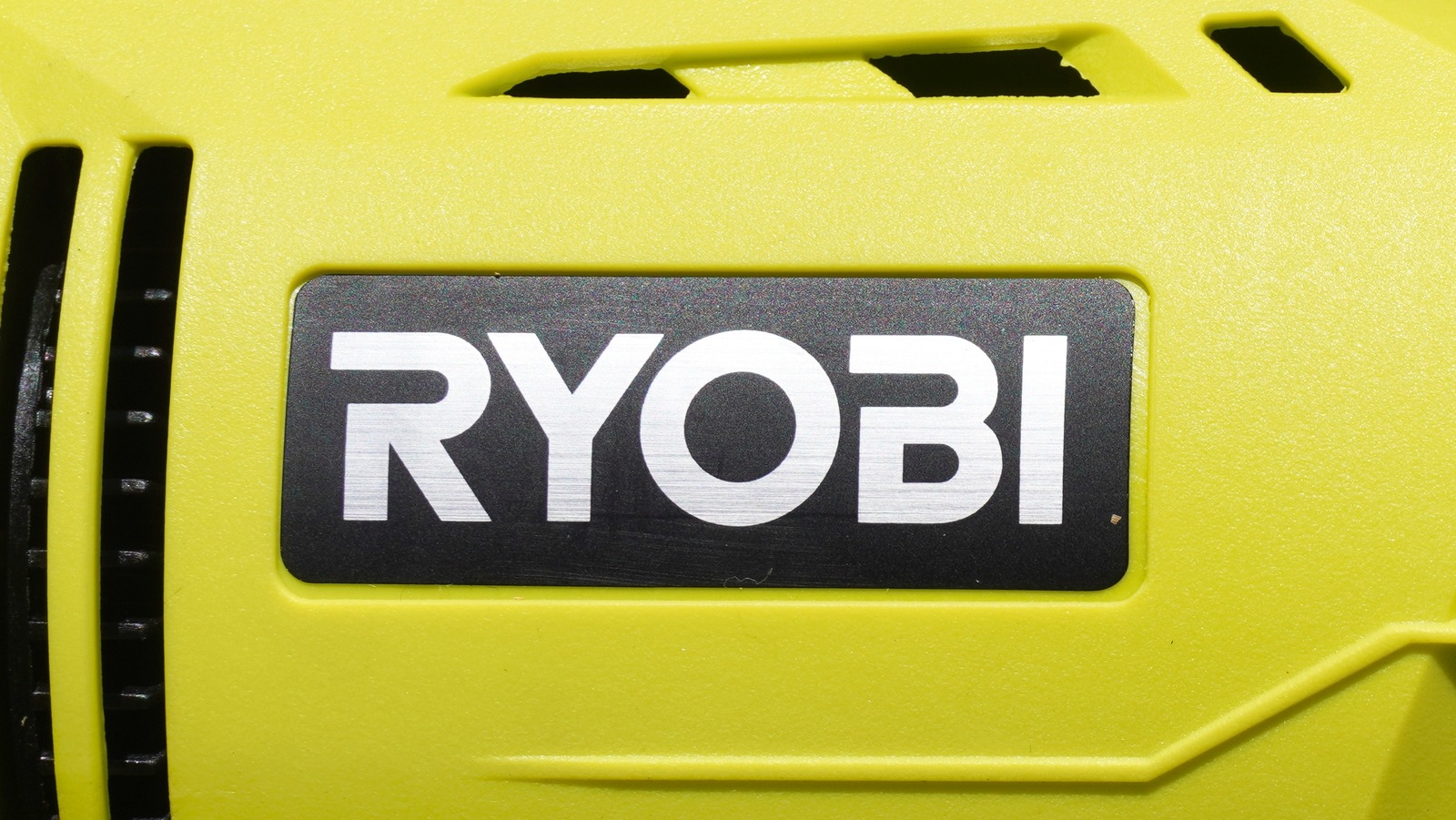Rapid Read • 7 min read
A team of scientists has successfully dated a 300,000-year-old reindeer tooth, which has significant implications for understanding the Ice Age timeline in the Iberian Peninsula. The fossil was discovered alongside a human skull fragment and stone tools, indicating that reindeer coexisted with early humans in the region. This discovery challenges previous assumptions about the timeline of human and animal presence in Iberia during the Ice Age, suggesting a more complex interaction between species and environmental conditions.
AD
The dating of the reindeer tooth provides new insights into the history of human habitation and animal life in the Iberian Peninsula during the Ice Age. This discovery could lead to a reevaluation of the migration patterns and survival strategies of early humans and animals in the region. Understanding the coexistence of humans and reindeer may offer valuable information about the adaptation and resilience of species in changing climates, contributing to broader studies on human evolution and environmental history.
Further research and analysis of the fossil and associated artifacts are expected to continue, potentially uncovering more details about the interactions between humans and reindeer during the Ice Age. Scientists may explore additional sites in the Iberian Peninsula to gather more evidence and refine the timeline of human and animal presence in the region. The findings could influence future archaeological and paleontological studies, prompting new theories and research directions.
The discovery highlights the importance of interdisciplinary research in uncovering historical and environmental narratives. It underscores the need for collaboration between archaeologists, paleontologists, and climate scientists to build a comprehensive understanding of past ecosystems. The ethical considerations of preserving and studying ancient artifacts also come into play, emphasizing the responsibility of scientists to protect and accurately interpret historical evidence.
AD
More Stories You Might Enjoy















